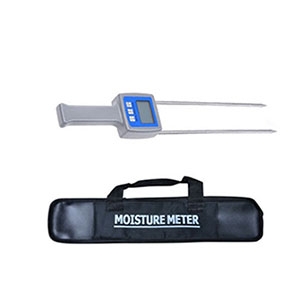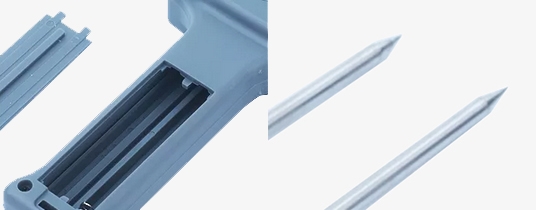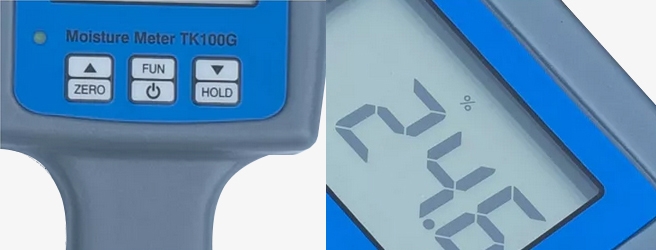The moisture meter is a laboratory instruments used in a wide variety of applications to determine the moisture content of a sample. The purpose of moisture determination is to determine the percentage of water in a sample, which is critical for many industries including food, pharmaceuticals, chemicals, environment, and agriculture. The sisco shop will explain in detail how a moisture meter works and how it operates.
Moisture content is a critical parameter in many industries that can affect the quality, stability, and safety of a product. Not only that, moisture content can also affect the physical properties of a substance, such as color, texture, density, and electrical conductivity. Therefore, accurate measurement of moisture content is essential to ensure product quality and process stability.
Thermodynamic Basis
Moisture detector work based on two key concepts of thermodynamics: evaporation and drying. When a liquid (in this case water) is in an open container, it gradually evaporates into a gas until it reaches equilibrium. This process requires the absorption of heat, called the latent heat of evaporation. Drying is the process of removing water from a solid or liquid sample, usually by heating. Moisture meters utilize these basic principles to measure the water content of a sample.
Moisture Determination Methods
Conventional moisture testers used as laboratory instruments for moisture testing usually consist of two steps: preheating and weighing. First, the sample to be measured is placed into the sample chamber of the tester and then heated to evaporate the water in the sample. During the evaporation process, the moisture tester continuously weighs the sample to monitor changes in sample mass. When the mass of the sample no longer changes, i.e. when the water in the sample has completely evaporated, the moisture meter stops heating and records the final sample mass. By comparing the initial and final sample mass, the moisture content of the sample can be calculated.
Working Principle
- Weighing with an Electronic Balance: Moisture meters are usually equipped with a high-precision electronic balance. The sample to be measured is placed on the electronic balance and its mass is continuously monitored during the experiment. This weighing method is more accurate than the traditional method because it detects small changes in mass.
- Infrared Radiant Heating: The moisture meter is also equipped with an infrared radiant heating system. This system heats the sample by applying infrared radiation to the sample. Infrared radiation effectively penetrates most samples and transfers energy to the interior of the sample, which triggers the evaporation and drying process of water.

- Humidity Sensor: The moisture meter is also equipped with a humidity sensor to monitor the humidity level in the sample chamber during the measurement process. The humidity sensor ensures a constant measurement environment to prevent other factors from influencing the results.
- Steps in Moisture Determination: The sample to be measured needs to be prepared. The way the sample is prepared varies depending on the measurement method and may include weighing the solid sample, dissolved liquid sample, or volatile sample for moisture. The sample to be measured is accurately weighed and placed in the sample chamber of the moisture detector. The moisture meter is started and the desired experimental parameters are set, the sample is introduced into the measurement cell of the moisture meter and then measured according to the selected determination method.
Measurements may involve processes such as heating, cooling, evaporation, chemical reactions, etc. to separate or detect moisture from the sample. The moisture meter will begin to heat the sample while the electronic balance continuously monitors the mass of the sample. As the sample heats up, moisture begins to evaporate and is gradually removed from the sample. The mass of the sample gradually decreases. When the mass of the sample no longer changes significantly, the moisture meter assumes that the water has been completely removed from the sample and a steady state has been reached.

At this point, the moisture meter stops heating. By comparing the initial and final mass of the sample, the moisture meter calculates the moisture content of the sample. Finally, the moisture meter displays the results of the measurement, usually expressing the moisture content as a percentage or in other appropriate units. These results can also be recorded for future reference or quality control.
Moisture meters work based on the characteristics of the measurement method used and the sensor technology. Different methods have different advantages and limitations and the most suitable method can be selected to measure the moisture content in the sample as required. Moisture determination plays a key role in a variety of industrial and laboratory applications, helping to ensure product quality and performance.

